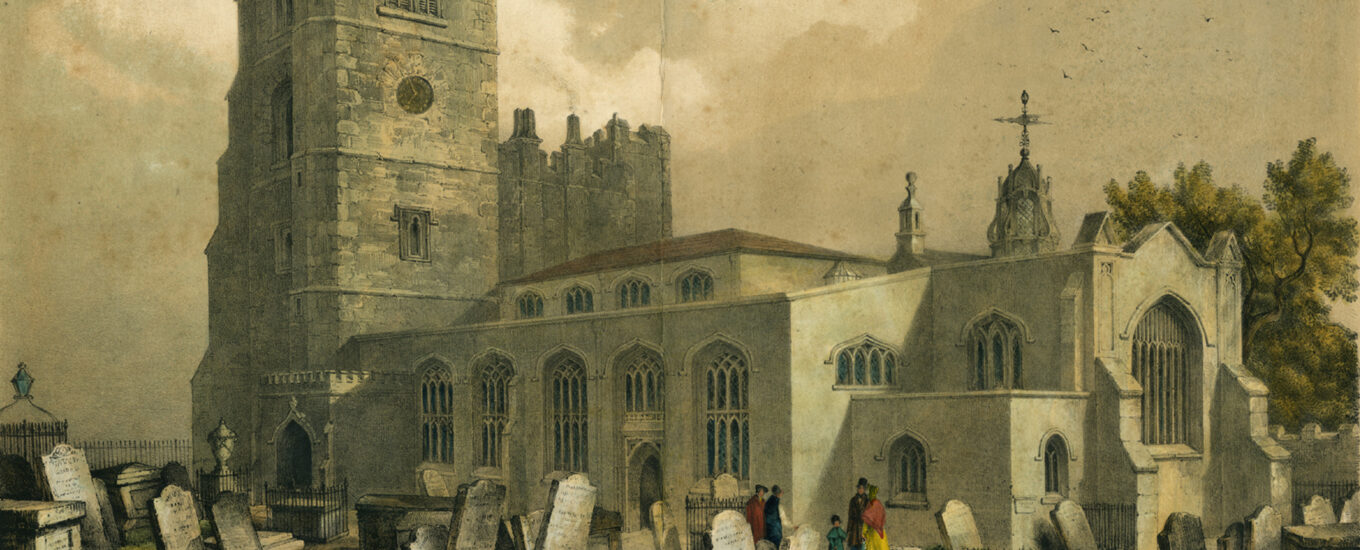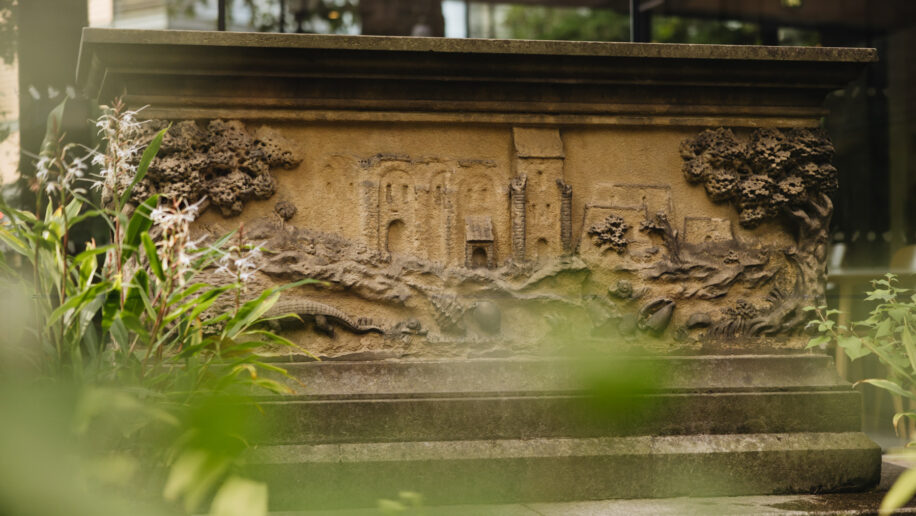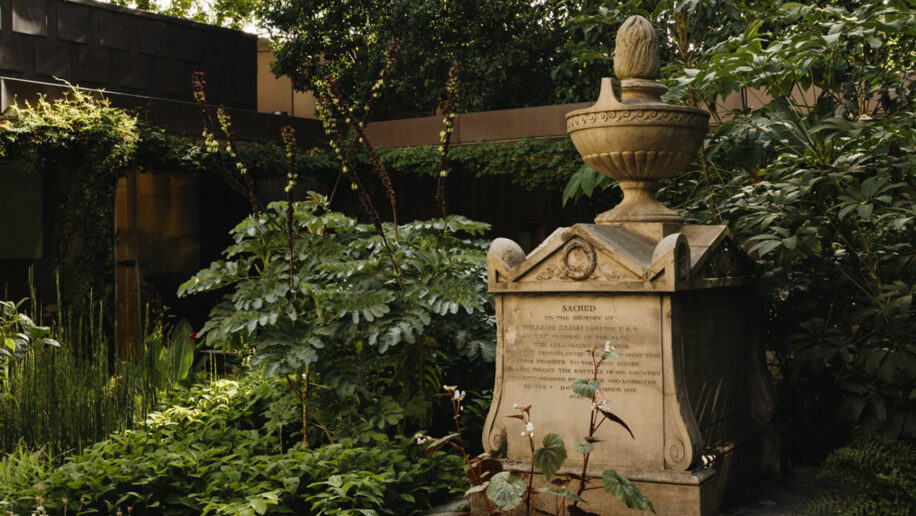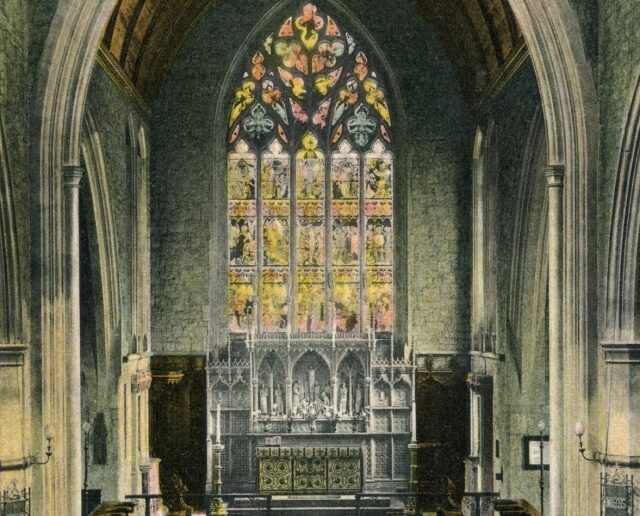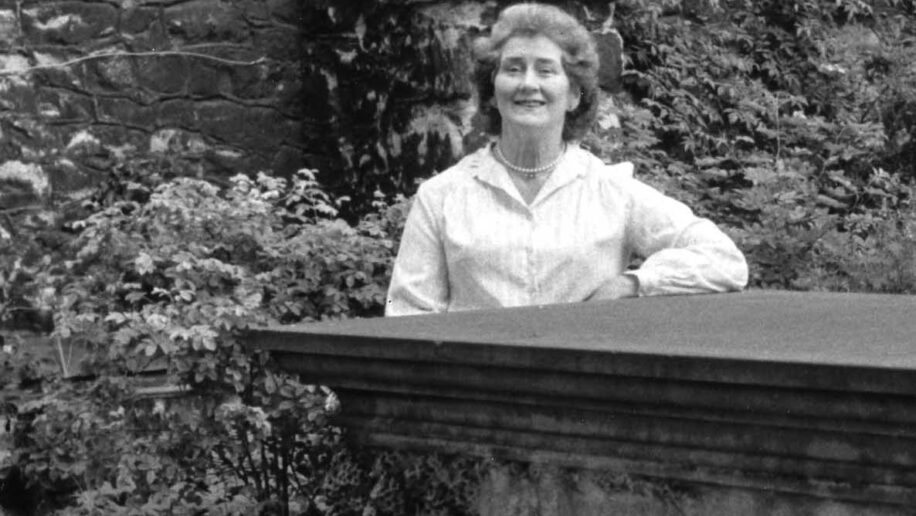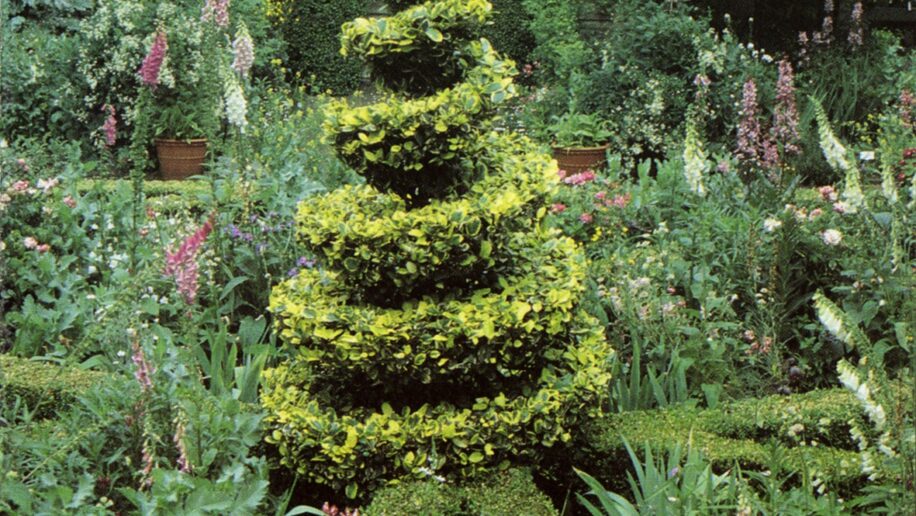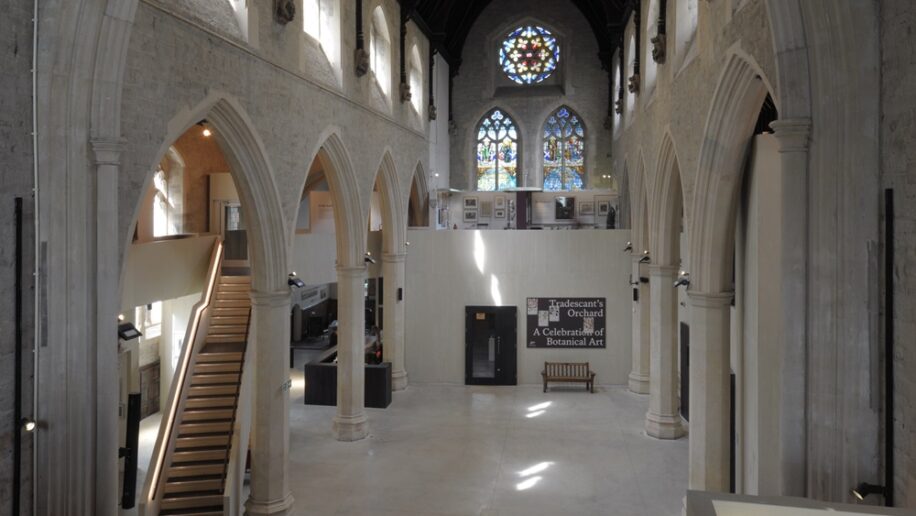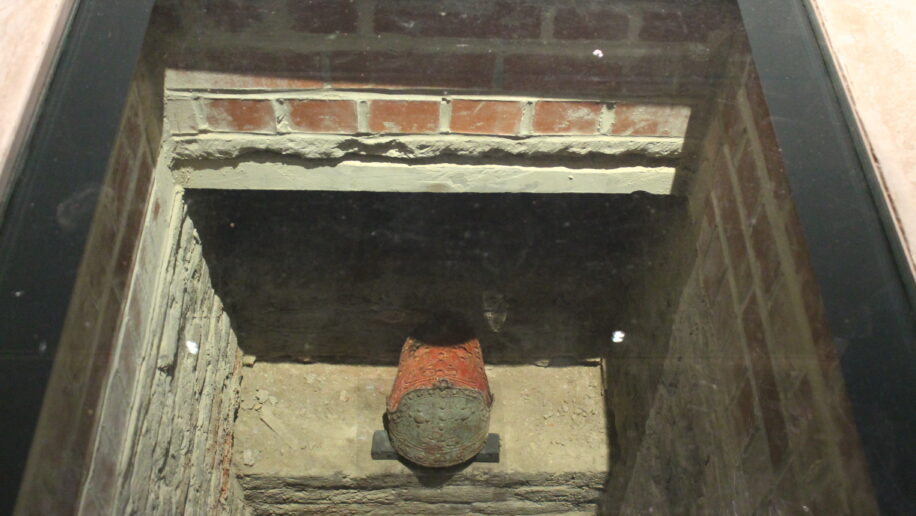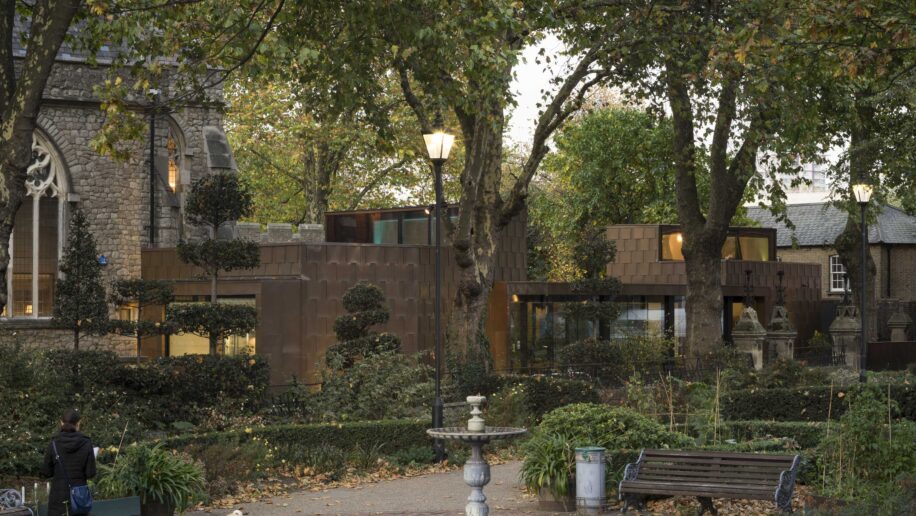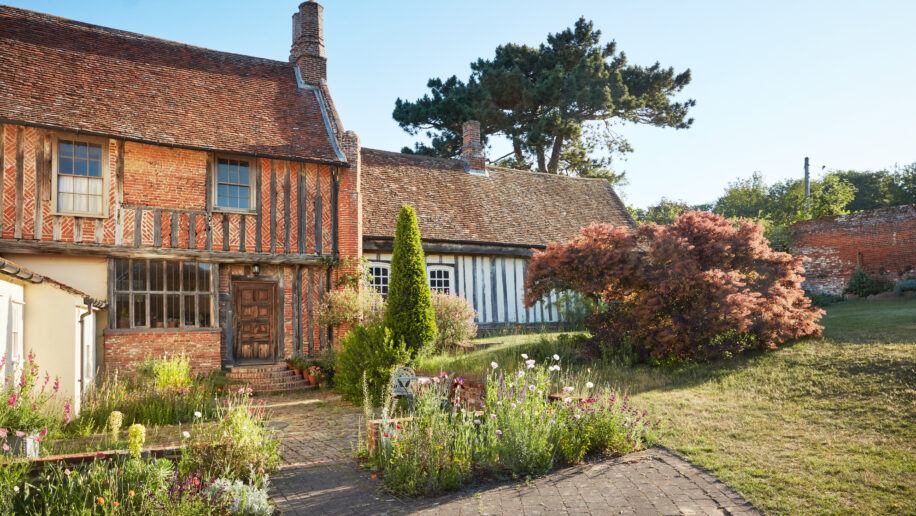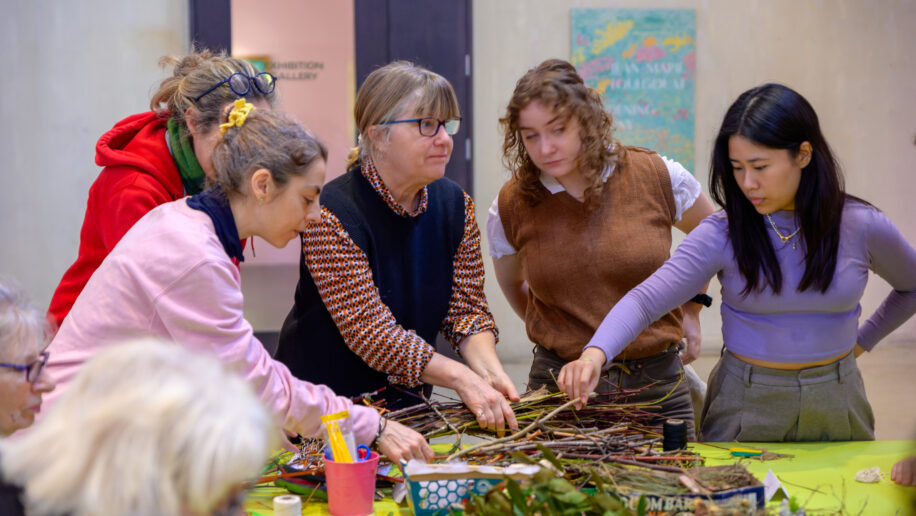Museum Timeline
THE TRADESCANTS
Nestled in the Courtyard Garden of the Garden Museum stands the magnificent 17th-century tomb of John Tradescant and his son – pioneers, plant hunters, and creators of Britain’s first public museum.
John Tradescant the Elder (c.1570–1638)
Tradescant rose from obscurity to become gardener to Robert Cecil, the 1st Earl of Salisbury, creating an enviable scheme for Hatfield House. He was later was gardener to Queen Henrietta Maria, wife of Charles I. His search for plants took him from the Arctic Circle to Algeria, bringing home rare specimens and remarkable stories. In autumn 1611, he toured the gardens and nurseries of the Low Countries, then continued to Paris, where he visited Jean Robin at the Jardin du Roi. As well as the regular exchange of plants, Tradescant began collecting natural history specimens from across the globe.
By 1615, Tradescant was employed as the gardener for Edward, Lord Wotton at St Augustine’s Abbey in Canterbury. Here he created a 20-acre garden and filled it with rare plants, such as a pomegranate which hadn’t been seen in the country before.
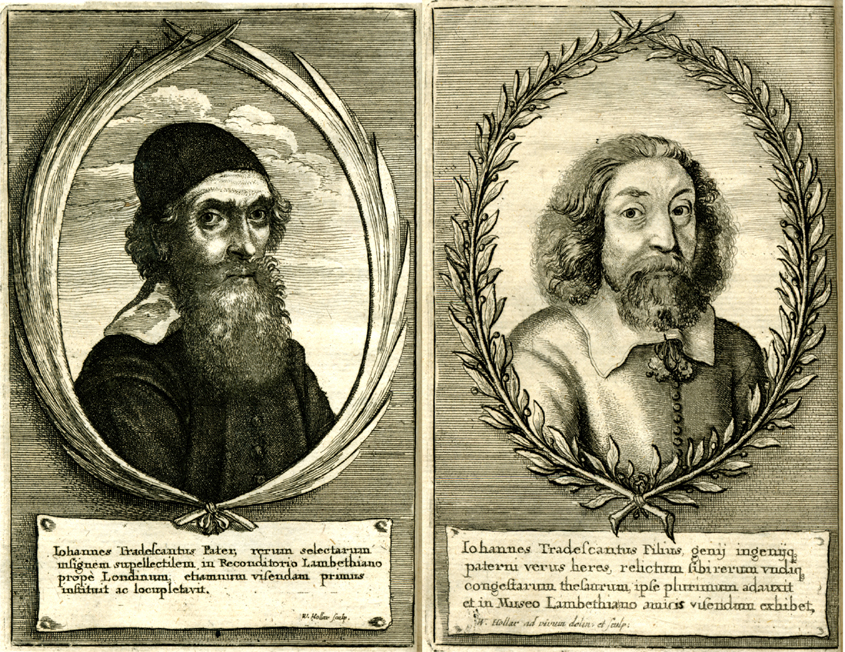
Tradescant’s Ark
Settling in Lambeth in 1629, he created a home with a difference. Then a semi-rural location, Lambeth was close to the Thames with good transport links to the city. Tradescant rented three acres and a house from the Dean of Canterbury Cathedral. Boasting a botanical garden and displays of his extraordinary collection which he opened to the public, it became known as “The Ark”. Entry was 6d and visitors could expect a captivating ‘cabinet of curiosities’ including shells and a dodo skull.
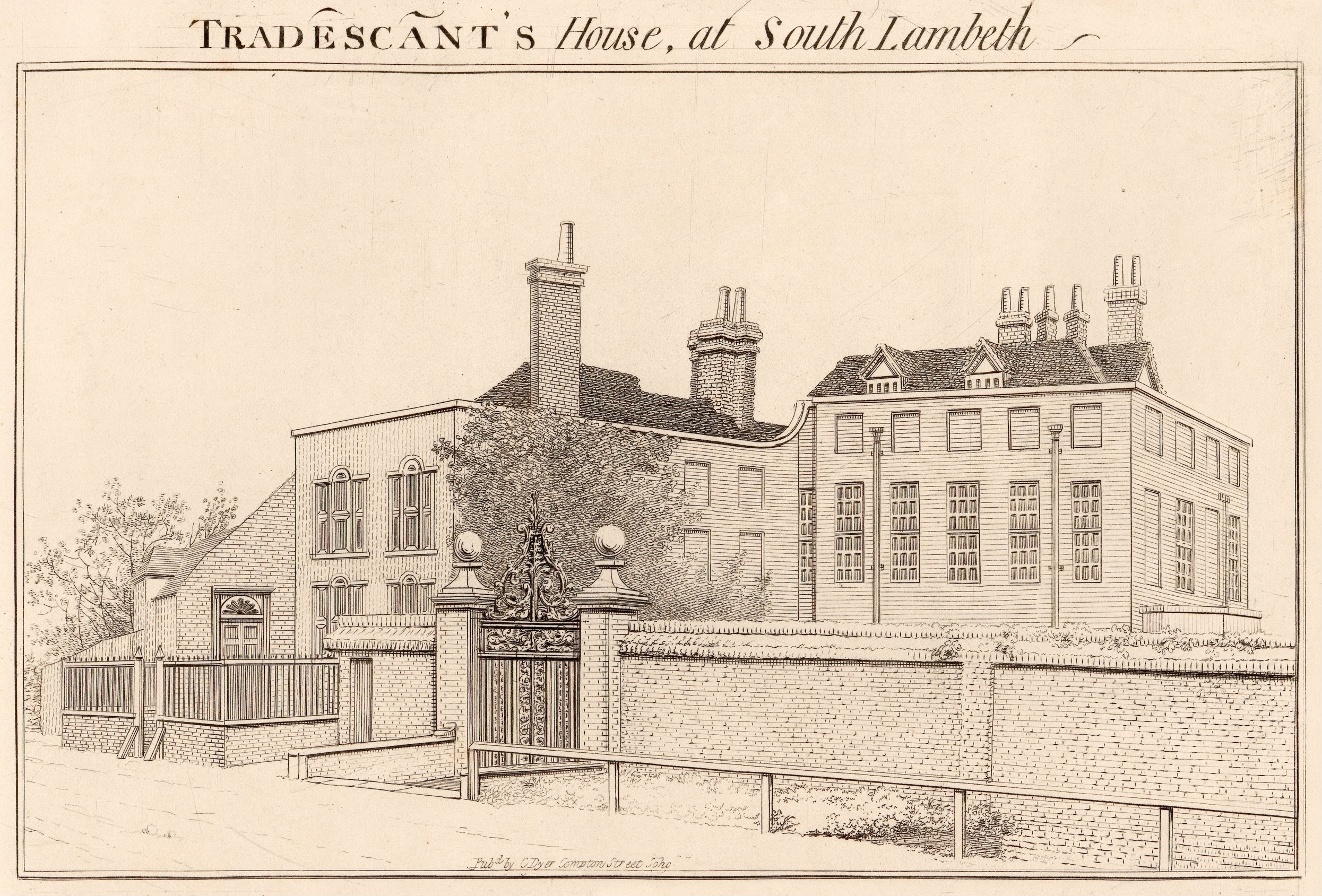
John Tradescant the Younger (1608–1662)
Tradescant’s son continued the family legacy, travelling to America for new plants and succeeding his father as Royal Gardener. Upon his death, his widow commissioned the richly carved tomb in St Mary’s churchyard, depicting their adventures and achievements.
Together, the Tradescants dreamed of “a well-mulched Eden on the Thames,” gathering wonders from three continents into one extraordinary home.
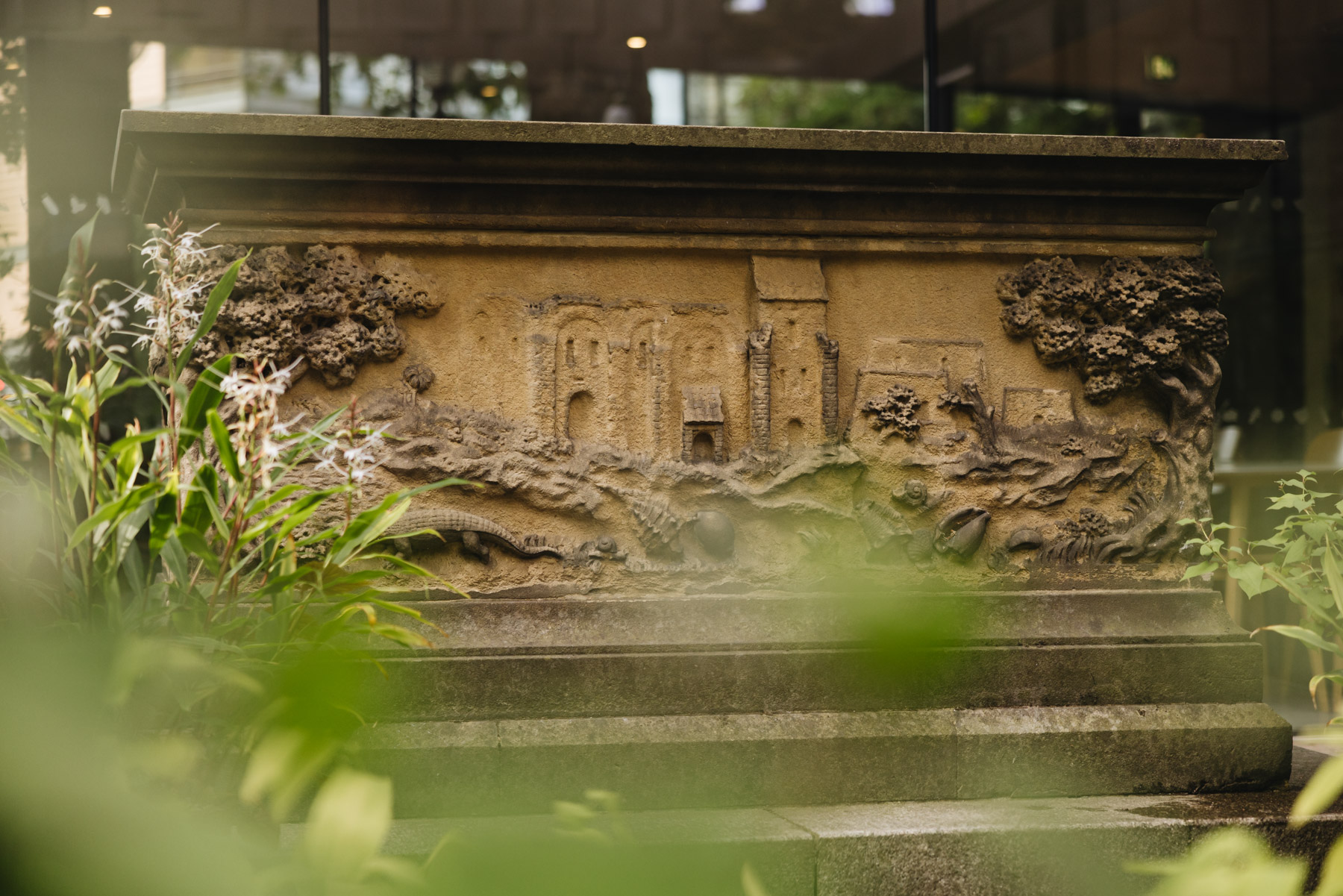
CAPTAIN BLIGH
Captain Bligh, the Breadfruit Voyage, and Colonial Histories
In the Garden Museum’s churchyard stands the Grade II* listed tomb of Captain William Bligh (1754–1817), best known for the mutiny on HMS Bounty in 1789. His epitaph commemorates him as “the celebrated navigator who first transplanted the breadfruit tree from Otaheite [Tahiti] to the West Indies.”
The breadfruit mission was commissioned by Sir Joseph Banks to supply a cheap, reliable food source for enslaved Africans on Britain’s Caribbean plantations. This was not a humanitarian gesture, but part of sustaining the transatlantic slavery system after supply chains from North America were disrupted. In Tahiti, Bligh and Kew-trained gardener David Nelson cultivated over a thousand young plants; just weeks into the return voyage, his second-in-command, Fletcher Christian, led a mutiny, forcing Bligh and 18 men into an open boat for a 3,000-mile journey to safety.
Bligh later returned to Tahiti with HMS Providence and Assistant, delivering 1,281 breadfruit plants to the Caribbean. He recorded Tahitian society in detail, but these observations took place within a context of imperial expansion and unequal power. His tomb remains a focal point in the Museum garden—an artefact of both extraordinary seafaring skill and the legacies of Britain’s colonial and slavery-based economy.
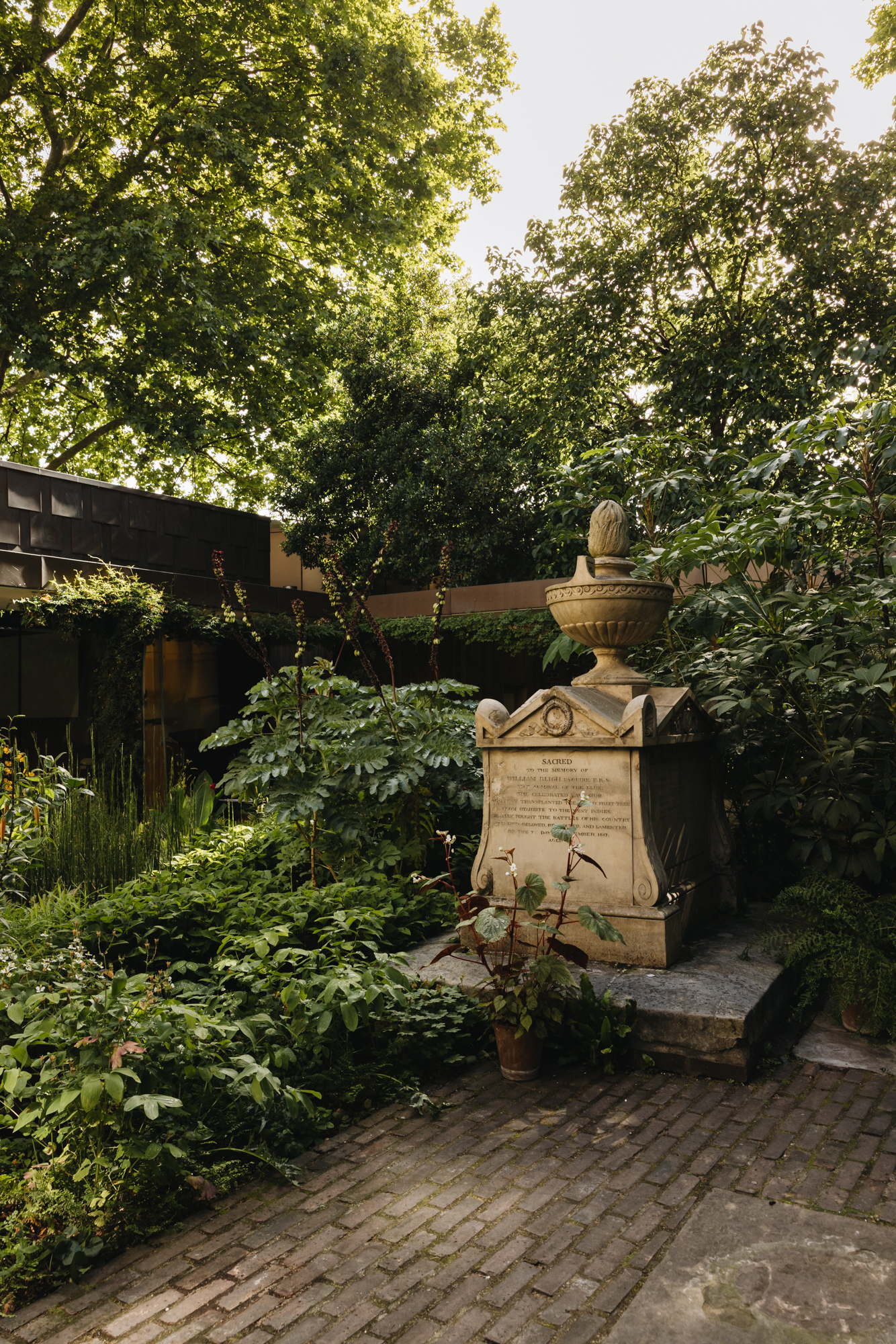
more to explore

Benton End
The Garden Museum is restoring the former home of artist plantsman Cedric Morris
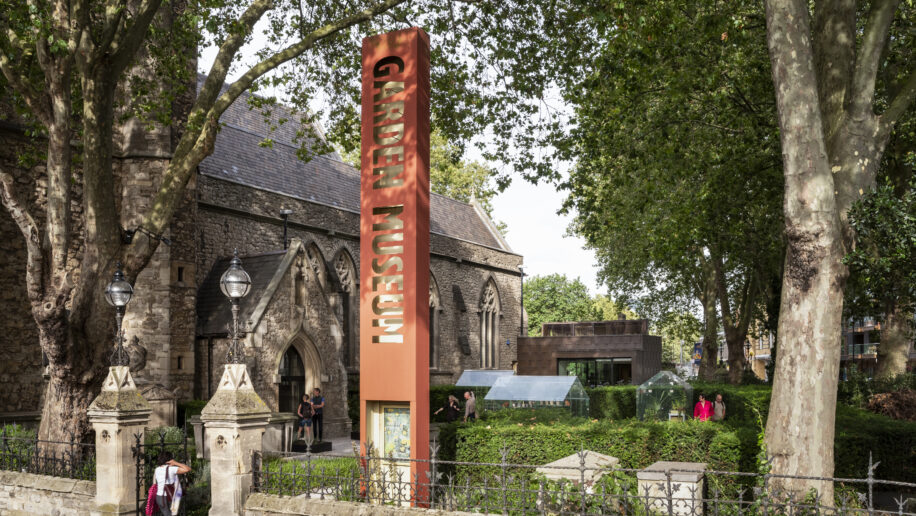
About us
Britain’s only museum dedicated to the art, history and design of gardens

Our Team
Our team are responsible for everything from finance to fundraising and curation to cookery classes

Work with us
Current job opportunities to join the team at the Garden Museum
